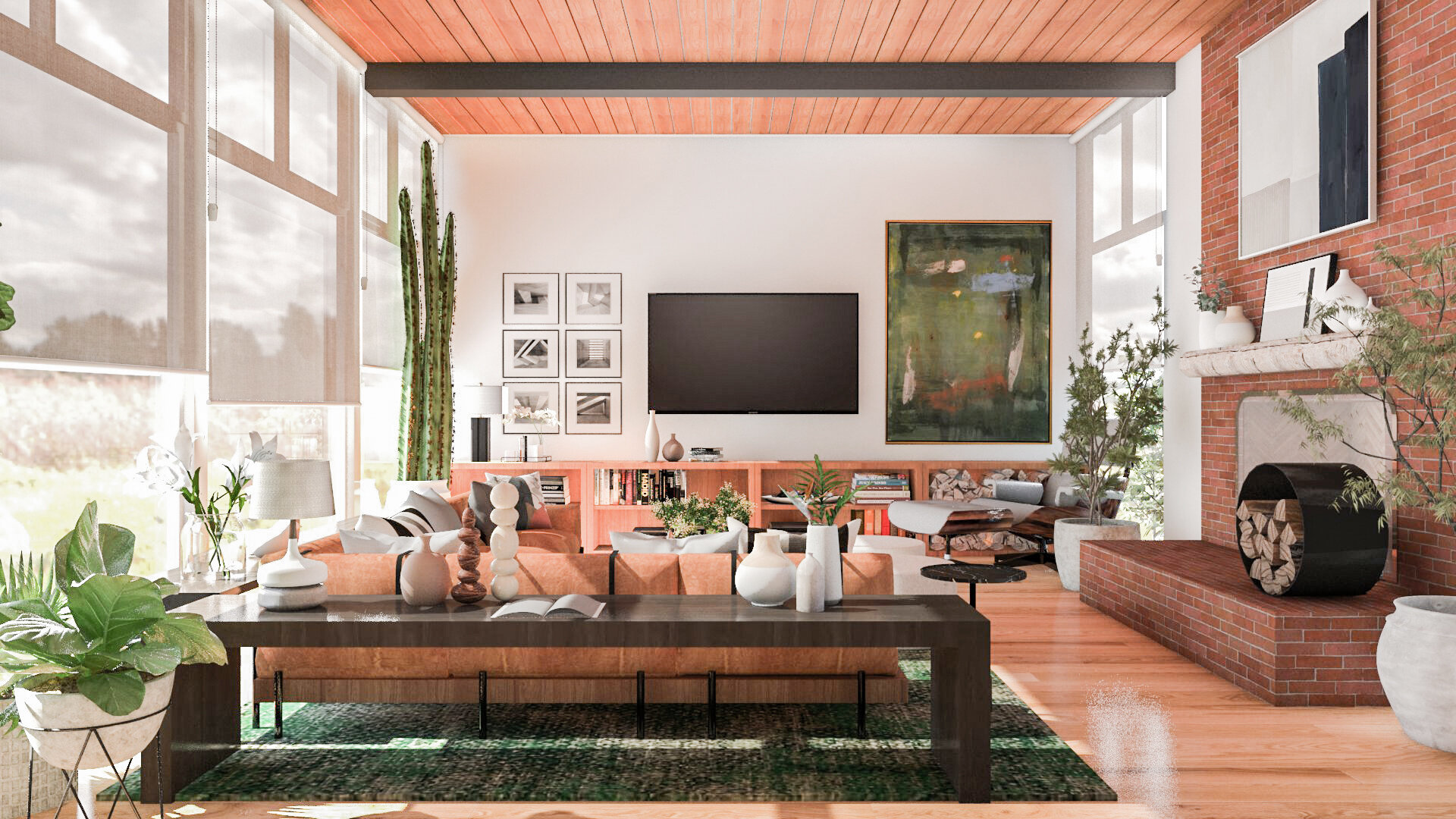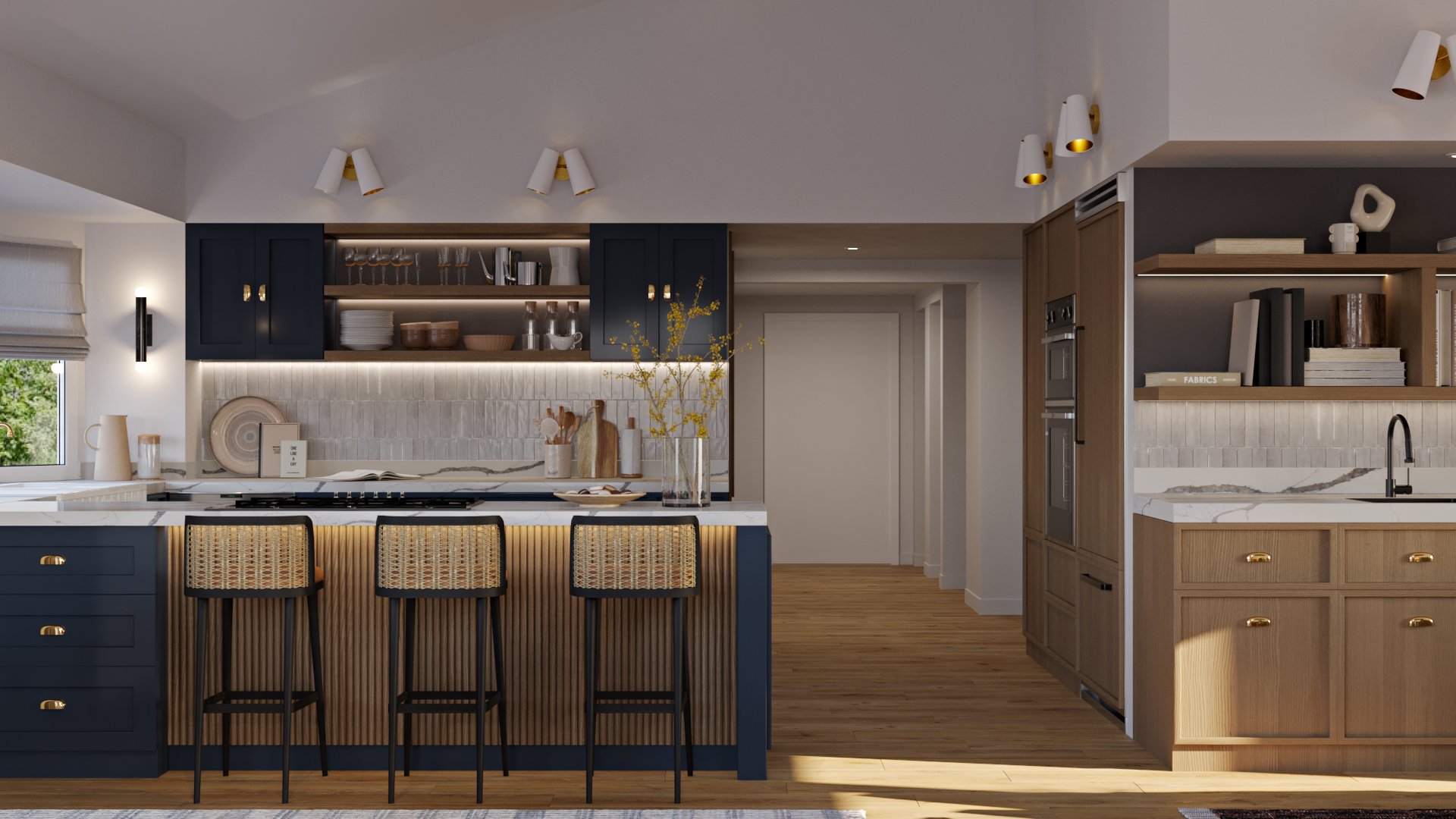Furnishing your living space is a chance to reflect your personality and lifestyle, but it’s easy to make choices that don’t serve the space well in the long term. These common mistakes can lead to discomfort, visual imbalance, or wasted investment. Here’s how to sidestep them:
1. Ignoring Scale and Proportion
A common misstep is choosing furniture that’s too large or too small for the room. This often happens when you fall in love with a piece without considering how it will fit.
Example: A massive sectional sofa in a small living room may dominate the space, leaving little room for movement, while a tiny coffee table in a large room can look out of place.
Solution: Measure your room dimensions and use an online layout tool or painter’s tape to outline furniture dimensions on the floor. Ensure walkways are at least 30-36 inches wide for easy flow. Look for pieces designed for compact spaces if your room is small, or use larger statement furniture to fill bigger areas.
2. Prioritizing Aesthetics Over Comfort
Design shouldn’t come at the expense of functionality. Choosing furniture solely for its looks can leave you with pieces you avoid using because they’re uncomfortable.
Example: A sleek modern sofa with minimal padding might look great but could be impractical for long movie nights or lounging.
Solution: Test furniture before purchasing. Sit on sofas and chairs to assess seat depth, back height, and cushioning. For online shopping, check reviews for comfort insights and ensure the retailer has a good return policy in case the piece doesn’t meet expectations.
3. Overlooking Functionality
Furniture that looks good but doesn’t meet your practical needs can quickly become frustrating. Every piece should serve a purpose, especially in smaller spaces.
Example: A glass coffee table may seem stylish but isn’t ideal for families with small children due to safety concerns. Similarly, a lack of storage in your living room can lead to clutter.
Solution: Consider your daily activities. If you entertain frequently, opt for a sectional or modular seating to accommodate guests. If storage is a concern, choose pieces with hidden compartments, like ottomans, side tables with drawers, or TV stands with shelving.
4. Clashing Styles
While mixing styles can create an interesting look, overdoing it can result in a visually chaotic space. A lack of cohesion makes it hard for your room to feel harmonious.
Example: Combining a mid-century modern sofa with a rustic farmhouse coffee table and ultra-glam lighting without any unifying elements can create a disjointed feel.
Solution: Start with a central theme or color palette and introduce contrasting styles sparingly. For instance, if your living room leans contemporary, you could incorporate a vintage armchair in a matching or complementary tone. Accessories like throw pillows or rugs can help tie diverse styles together.
5. Neglecting Quality and Longevity
It’s tempting to save money by purchasing cheaper furniture, but poor-quality items often wear out quickly, leading to higher costs over time.
Example: A low-cost sofa with flimsy construction might sag or break within a few years, requiring replacement.
Solution: Invest in quality for high-use items like sofas, dining tables, and beds. Look for solid wood frames, sturdy joinery (like dovetail joints), and durable fabrics such as performance velvet or high-thread-count cotton. For budget-friendly options, shop at estate sales or consider reupholstering vintage pieces, which often have better craftsmanship than mass-produced modern furniture.
Pro Tips for Success
Layer Lighting and Accessories: Don’t let furniture do all the heavy lifting. Rugs, lighting, and accessories can enhance your furniture and complete the space.
Think Long-Term: Trends come and go, but classic pieces stand the test of time. If you love bold colors, incorporate them through accents like cushions or artwork, rather than investing in a bright pink sofa that may feel dated in a few years.
Test Before You Commit: Whenever possible, view and test furniture in person to ensure the scale, comfort, and quality meet your needs.
Conclusion
By avoiding these common mistakes, you can create a living space that’s both stylish and functional. Thoughtful furniture selection doesn’t just make your home more beautiful—it ensures it’s a place where you can truly live and thrive.






